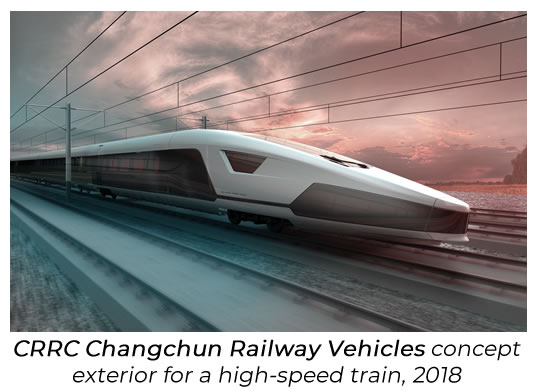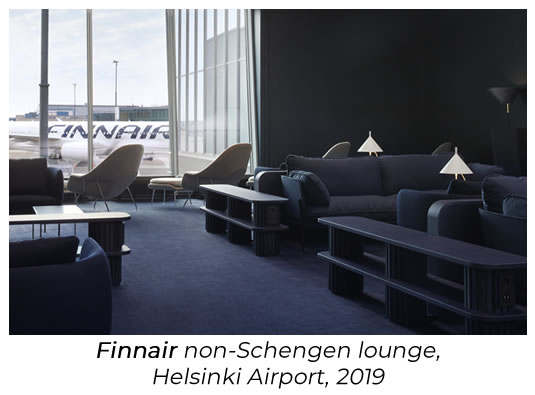Discover more about the topics and technologies that were discussed at the 2019 conference, via a series of exclusive interviews with a selection of our expert speakers.
 Adam Loewy, studio and design director at UK design consultancy Tangerine, considers how design will influence future transportation.
Adam Loewy, studio and design director at UK design consultancy Tangerine, considers how design will influence future transportation.
Tell us about your presentation.
 This presentation will investigate how a user-centric approach to design will influence the future of transportation, and ultimately shape the way we live. With increasing urbanization and multi-modal transport networks, Mobility as a Service (MaaS) is becoming an ever more important aspect of everyday life. It will help reshape how we get from A to B and offer greater opportunities to introduce positive change.
This presentation will investigate how a user-centric approach to design will influence the future of transportation, and ultimately shape the way we live. With increasing urbanization and multi-modal transport networks, Mobility as a Service (MaaS) is becoming an ever more important aspect of everyday life. It will help reshape how we get from A to B and offer greater opportunities to introduce positive change.
By considering new technology and advancements in mobility and human factors, my talk will argue for user experience to be the key influence in the design of systems and services.
What are some of the key cultural, social and behavioral aspects that transportation designers need to keep in mind?
Change for change’s sake is pointless – people find change uncomfortable. For example, when your phone’s software updates, initially you feel completely lost. The trade-off has to be beneficial. It’s a fine balance. Change needs to feel natural, sensible and beneficial to the user, not just to the business.
What challenges are presented by MaaS, and how can these be turned into opportunities?
 We no longer talk about a product but a service. Design used to be merely focused on the product but now we have to focus on the design of an experience and the delivery of a service as well.
We no longer talk about a product but a service. Design used to be merely focused on the product but now we have to focus on the design of an experience and the delivery of a service as well.
Traditionally, transport design focused on creating a solution for one particular problem, for example how to make seats bigger. Now we have to think holistically and ask the question, ‘how is design being implemented for the bigger picture that is transport?’
Once upon a time, the one thing you used to worry about was what sandwich you were going to buy for the journey; not which taxi company, train servicer, wayfinding app or connection services you want to use out of the 50 available.
The choice used to be simple: plane, train or car. Even though these three options might not have been the quickest, most efficient ways to travel, the ease of use was in the limited choices that one had. It was simple, understandable and fairly worry-free.
A journey used to be about getting from A to B and there was one direct way of getting there. However, if you are trying to get across London today you’ve got so many options and it’s confusing. There is a growing problem where new competitors are trying to compete purely on cost to undercut everybody else, often to the detriment of the user.
What are some of your favorite examples of good human-centric design?
Citymapper is an interesting example; they took a pain point of an existing infrastructure that was Google Maps and they extrapolated the good things from Google data and made it user-friendly. It’s marvelous!
Another example is Nio. With urban mobility creating great opportunities, this new automotive brand is developing cars in a clever way that has real potential to succeed. Now they need to move beyond the design language of the car to go to the next level.
Lime scooter is another example of where a perfect marriage of repurposing batteries, tech and pedal power makes for an efficient system – and an eco one at that!
Customization, personalization and luxury have been key drivers in the transport sector. Will this change as society shifts from mobility ownership to service?
This is where I disagree: the change to mobility won’t change society. You’re always going to have people who have more and those who have less, and there will always be those who will pay more for a premium, private service, regardless of what the mode of transport is.
In addition, Gen X and Millennials, being more individual in appearance, find that being unique and one-of-a-kind is really key to their personas. So non-conformity is something that will always appeal to them.
Digital customization will be the means of moving away from physical customization in transport services. With advancement in technology, a product no longer launches, exists for a bit and is then replaced. Mobility ‘products’ will have a lifespan that is meant to last; if the physical products that they inhabit don’t keep up, then they quickly fail.
Don’t miss Adam Loewy, studio and design director at Tangerine, give his presentation titled New mobility adoption through human-centered design on Wednesday, December 11 at 13:15hrs as part of Stream 9: Alternative Thinking – Exploring Alternative Ideas. See the full conference program here. Register for your conference pass here.